A comparison of pad geometries: a first study
May 24, 2002
Using tpcsimulator,
a total of 4000 single track events were generated with the default
TPC configuration, but with 5 pad readout geometries, as shown below.
The average pad area is the same for all geometries.
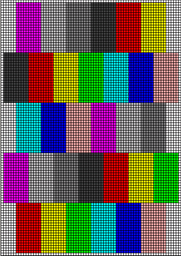 |
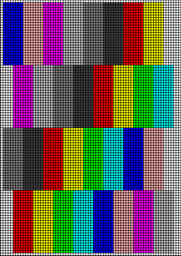 |
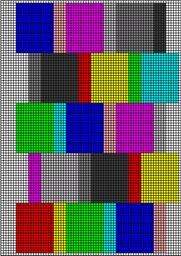 |
|
|
|
|
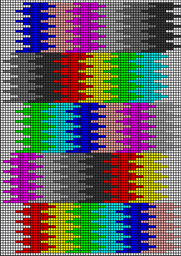 |
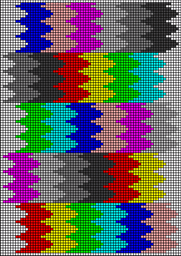 |
|
|
|
The tpc file can be downloaded from here,
the MC run parameter file here, and the
resulting aida ntuple file here.
Distributions of track parameters:
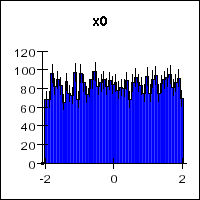 |
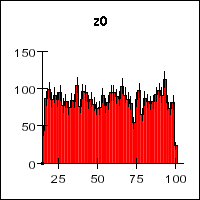 |
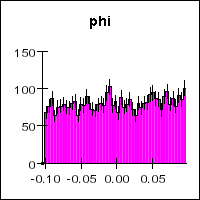 |
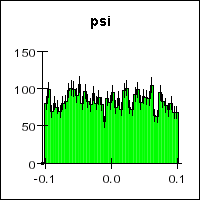 |
Comparison of Gaussian line width:
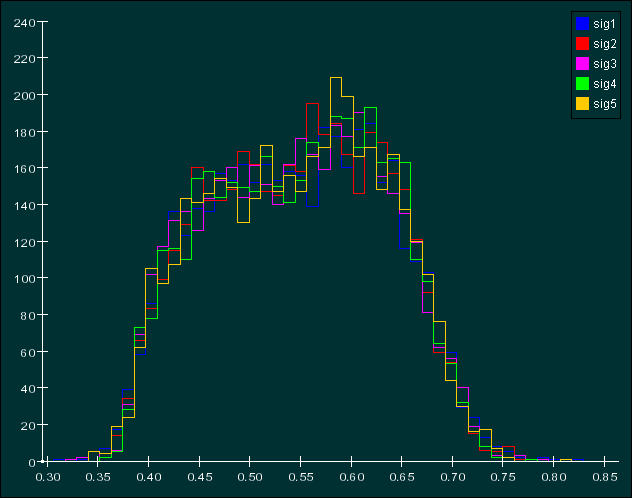
The different geometries have very similar
estimates for the width of ionization trail. The broader events are
due to large drift distances.
Comparison of estimated x0 uncertainties:
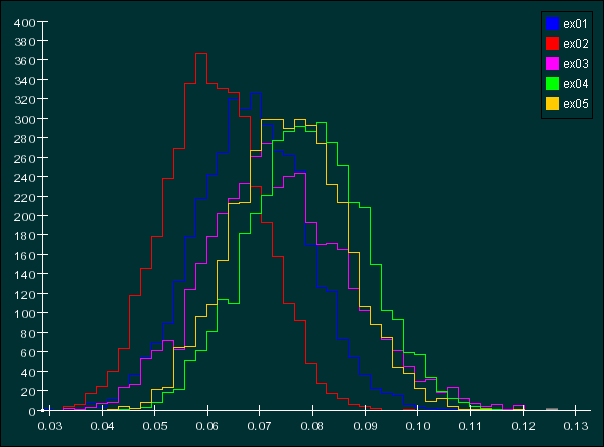
The estimated uncertainty represents the inherent statistical power of a particular pad design. Since the model does not include ionization fluctions, this effect is not part of this estimated uncertainty. Track by track biases from ionization fluctuations will contribute additional variance. The narrow rectangular pad (mesh #2) is the statistically most powerful in determining the x0 coordinate. The chevron pads are the poorest. The difference is expected.
Comparison of residuals:
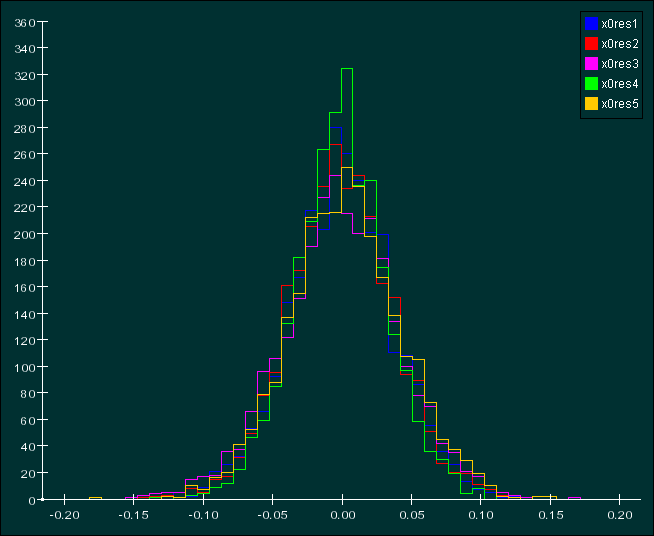
The residuals (difference between the measured and observed x0) distributions show that the performance of the difference pad geometries are rougly the same, and actually somewhat better for chevron pads (#4). This is unexpected.
The residuals show that the average uncertainty is about 40 microns. (Less than the estimates from the track fit).
This merits further study: A simulation with a "low cycle" chevron should be done to verify that it's performance is worse.
To be continued...